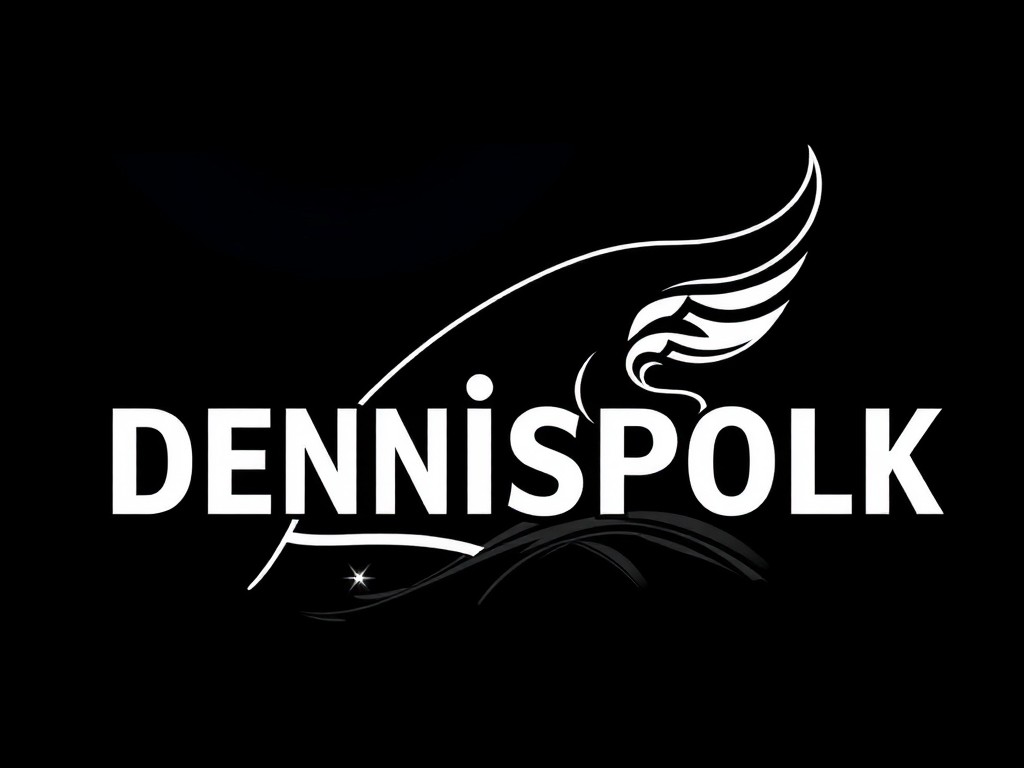Overview of Non-Invasive Brain Stimulation Techniques
Non-invasive brain stimulation (NIBS) represents a fascinating arena in the field of brain enhancement methods. This technique offers a promising avenue for cognitive performance improvement without the need for surgical procedures. Various techniques fall under this category, with the most common ones being Transcranial Magnetic Stimulation (TMS) and Transcranial Direct Current Stimulation (tDCS).
TMS, for instance, involves using magnetic fields to stimulate nerve cells in the brain, whereas tDCS uses direct electrical currents. Each method operates based on distinct mechanisms of action, influencing how neurons fire, subsequently affecting brain activity and cognitive functions. By altering the excitability of neurons, these methods can potentially enhance cognitive functions such as memory and attention.
Also to see : How many players are on a soccer field? discover the facts!
Historically, the study of non-invasive brain stimulation has evolved from rudimentary experiments to sophisticated techniques. Initial research focused on understanding the basic physiological changes, expanding over time to explore cognitive performance improvements. Today, advancements in technology have refined our understanding, allowing researchers to dive deeper into how these brain enhancement methods can be optimised for therapeutic applications, presenting a non-invasive approach to cognitive enhancement without a reliance on drugs.
Impact of Non-Invasive Brain Stimulation on Sports Performance
Sports performance enhancement often combines elements of cognitive training and the improvement of motor skills. This combination is crucial for athletes aiming to excel in their respective fields.
Have you seen this : Discover the thrill of nfl mystery boxes: what to expect
Neuroscience of Sports Performance
Neuroscience has established that cognitive functions, such as decision-making, attention, and memory, interplay significantly with physical abilities in sports. Non-invasive brain stimulation techniques, such as transcranial direct current stimulation (tDCS), affect the brain’s excitability. This modulation boosts the performance of cognitive tasks, which in turn can improve physical sports performance. By enhancing the brain’s plasticity, athletes may process information and respond more effectively during competitions.
Case Studies in Motorsports
Formula 1 and other motorsports present an ideal setting for examining brain stimulation’s potential. Racing drivers must consistently maintain focus, make rapid decisions, and exhibit sharp motor skills. Studies have shown that racers subjected to cognitive training with brain stimulation improved lap completion times and reduced errors. This evidence suggests greater command over mental fatigue and quicker reaction times under pressure.
Expert Opinions on Effectiveness
Sports scientists and neurologists generally agree on the potential benefits of these non-invasive techniques. However, some caution against overreliance, highlighting the importance of traditional training methods. Integrating cognitive enhancement with physical practice could offer a balanced approach to maximizing an athlete’s potential.
Formula 1 and Reaction Time Enhancement
Enhancing reaction time in Formula 1 performance is crucial for a driver’s success. The split-second decisions and actions required during a race can be the difference between winning and losing. Formula 1 drivers rely heavily on their rapid reaction abilities to navigate high-speed scenarios, which demands utmost athlete reliability.
One emerging technique in this domain is the use of non-invasive brain stimulation. This method aims to specifically target and improve reaction times without any physical intrusion. By sending targeted electrical impulses to key brain regions, drivers can experience heightened alertness and quicker responses. This approach is gaining traction due to its potential benefits without the risks associated with invasive procedures.
To measure the effectiveness of these techniques, several trials have been conducted with actual Formula 1 drivers. These trials often show promising results, with participants reporting noticeable improvements in their reflexes during racing simulations. While more comprehensive studies are needed for conclusive evidence, initial findings suggest a positive correlation between brain stimulation and enhanced reaction time, reinforcing its viability in competitive racing contexts. This could revolutionize driver training programs, making them more efficient and safer.
Advantages and Limitations of Non-Invasive Brain Stimulation
Exploring brain stimulation benefits and its limitations is crucial for assessing its role in enhancing performance and training.
Advantages in Training and Performance
Non-invasive brain stimulation can significantly boost athletic training and performance. Techniques such as Transcranial Direct Current Stimulation (tDCS) have been shown to improve endurance and cognitive functions. This boosts focus and decision-making under pressure, vital for athletes. Such benefits make brain stimulation an appealing choice for many sports professionals looking to gain a competitive edge.
Potential Drawbacks and Risks
Despite the benefits, there are inherent limitations of techniques that must be considered. Concerns over the long-term safety and the precise efficacy levels of these methods persist. There is variability in individual responses to brain stimulation which poses challenges in standardising protocols. Furthermore, ethical considerations regarding unfair advantages and potential overuse remain critical discussions in the field.
Future Research Directions
Given these limitations, further research is necessary. Future studies must delve into ensuring the safety and efficacy of stimulation techniques, determining optimal protocols, and investigating their long-term effects on brain health. Innovations could also explore personalized stimulation strategies tailored to individual athlete’s needs, enabling safer, more effective applications.
Visual Representation of Brain Stimulation Effects
In an era where information is vast, visual representation plays a crucial role in making brain stimulation imagery accessible and comprehensible to the general public. The clear depiction of complex cognitive processes helps decode the mechanisms and cognitive effects visualization associated with brain stimulation. These graphics serve not merely as an educational tool but also as a platform for professionals to convey how these processes impact human capabilities.
At the forefront are infographics designed to showcase the direct impact of brain stimulation on reaction times. By presenting data in a graphical format, the nuances of improved reflexes or mental clarity can be clearly demonstrated, offering easily digestible insights into the process.
For athletes aiming to optimise performance, understanding these visualizations can be a game-changer. With enhanced sports performance graphics, athletes are able to visualise potential improvements in focus and reaction times, which are crucial in competitive sports. This empowers them to make informed decisions about training regimens and brain stimulation techniques tailored to their needs, eventually leading to optimized performance outputs. The marriage of technology and visuals not only enlightens but also motivates athletes to explore the full potential of brain stimulation in their sporting endeavours.











